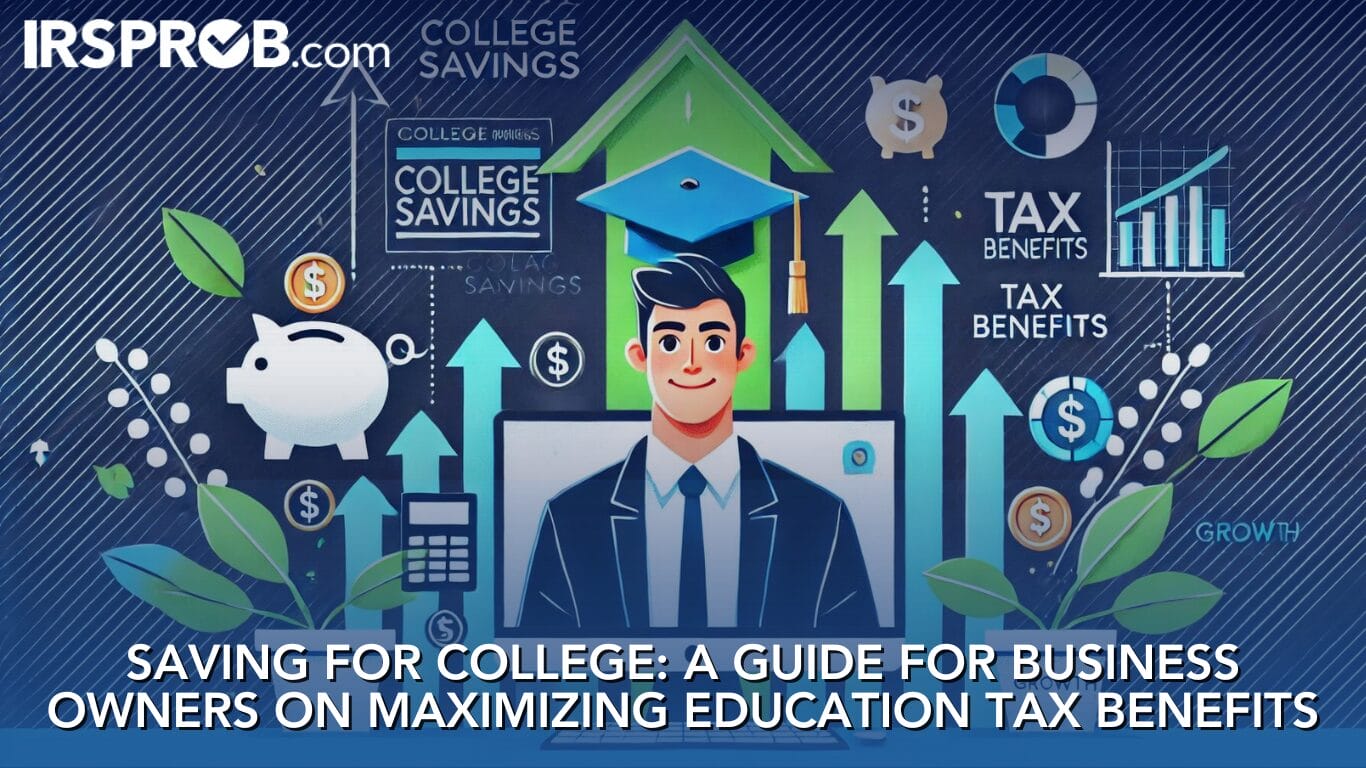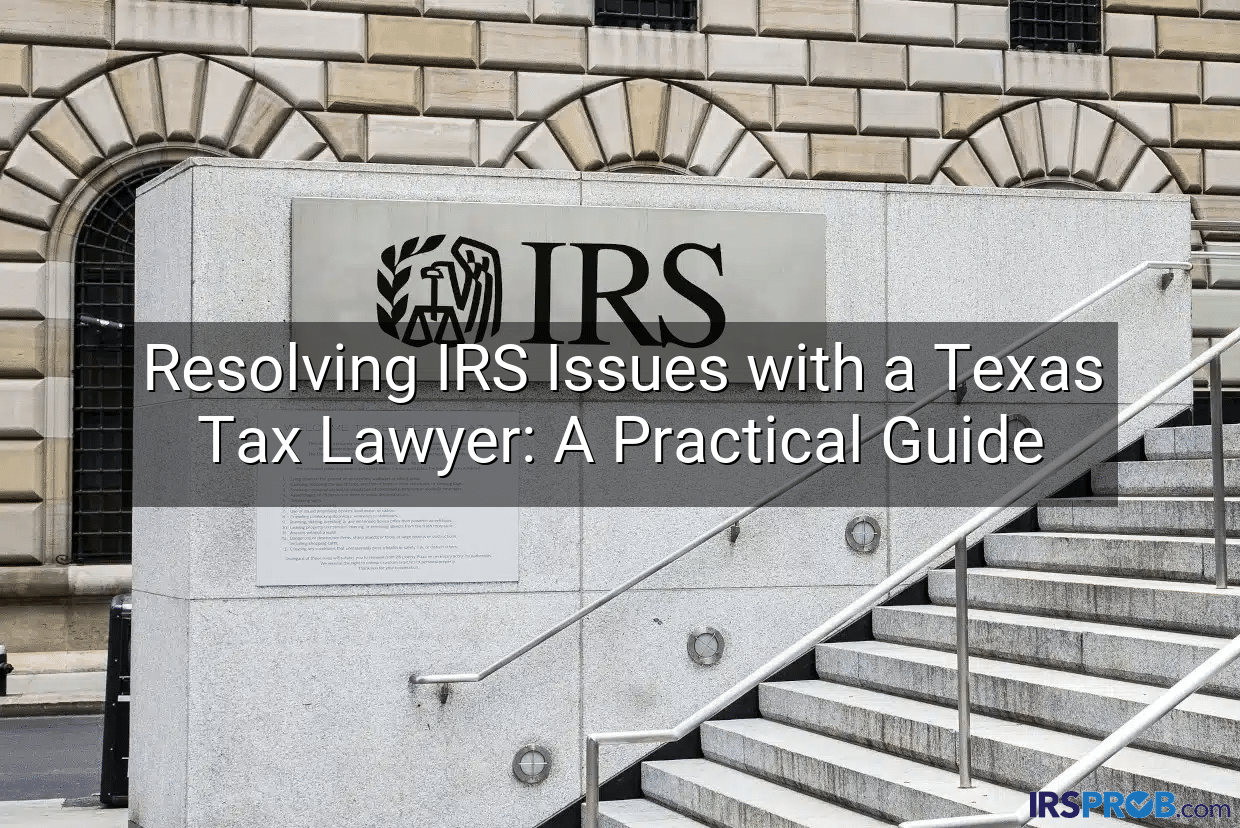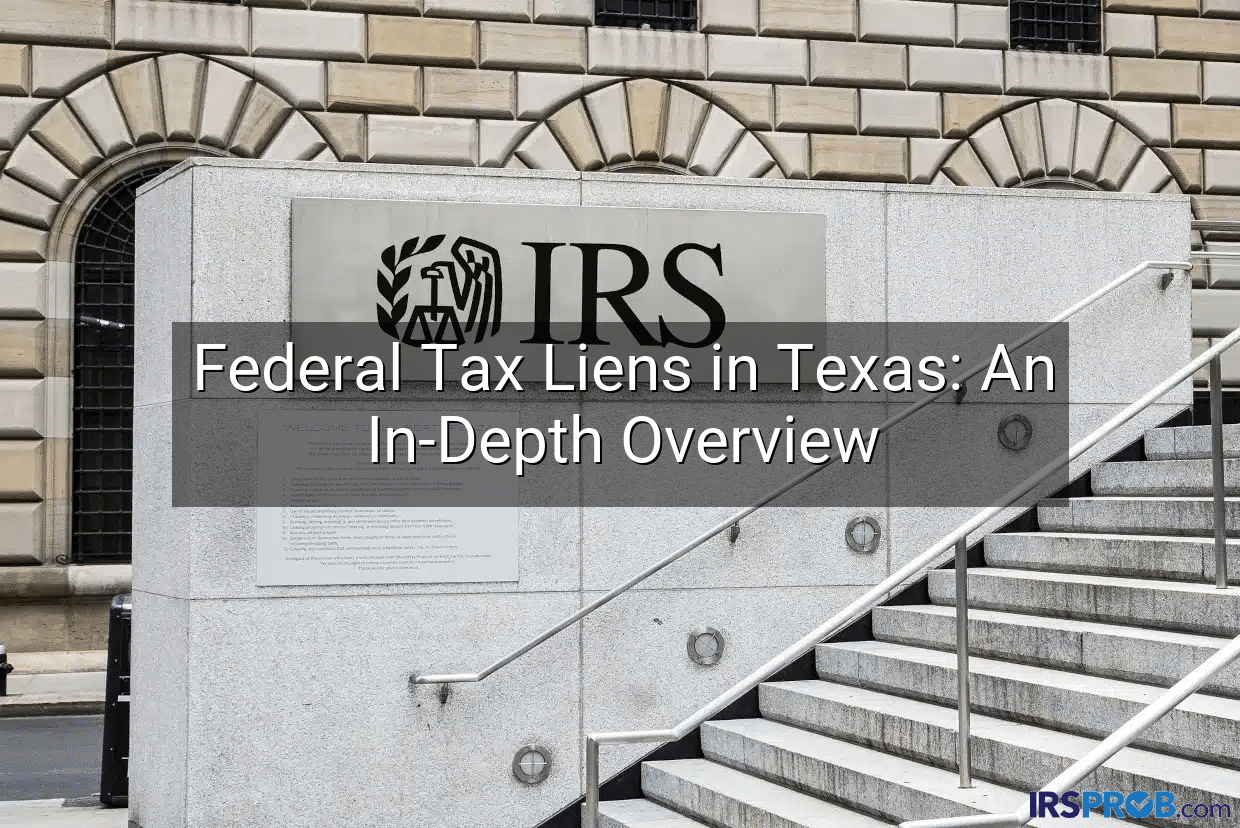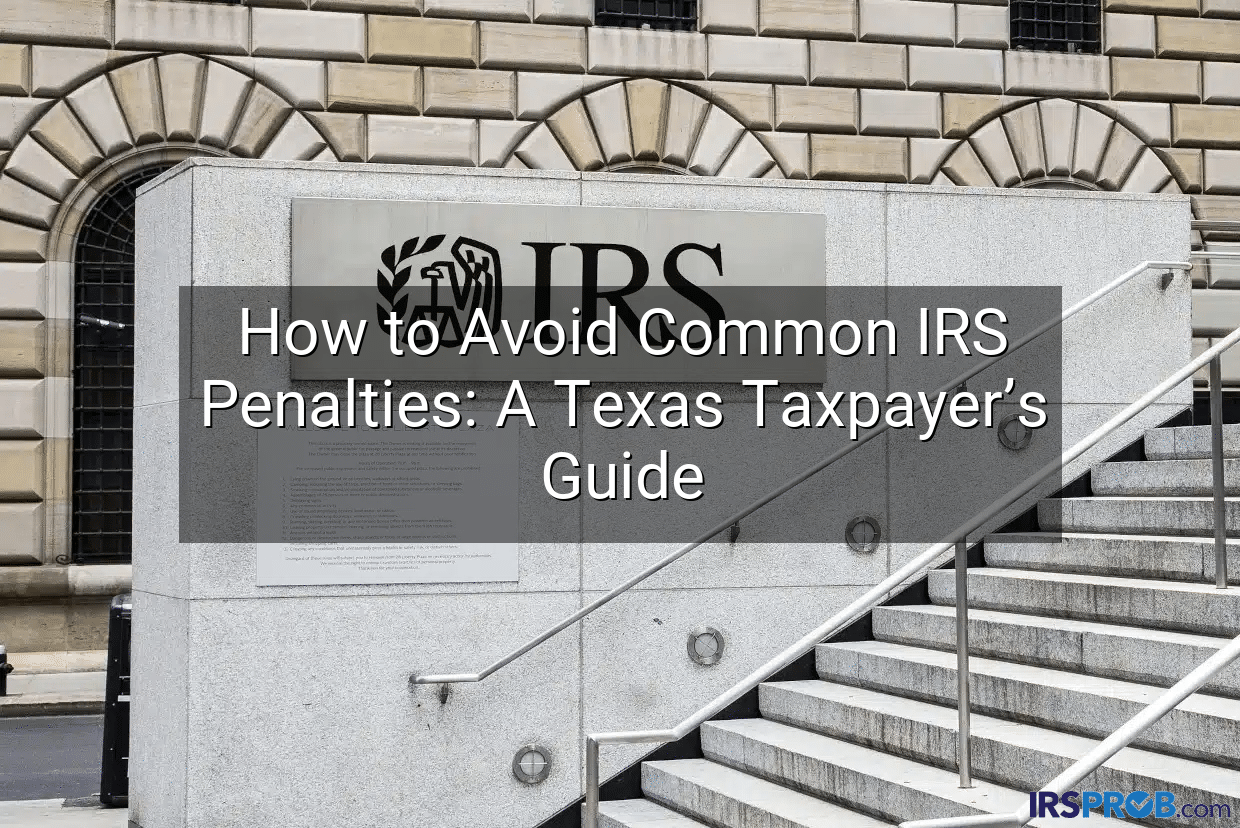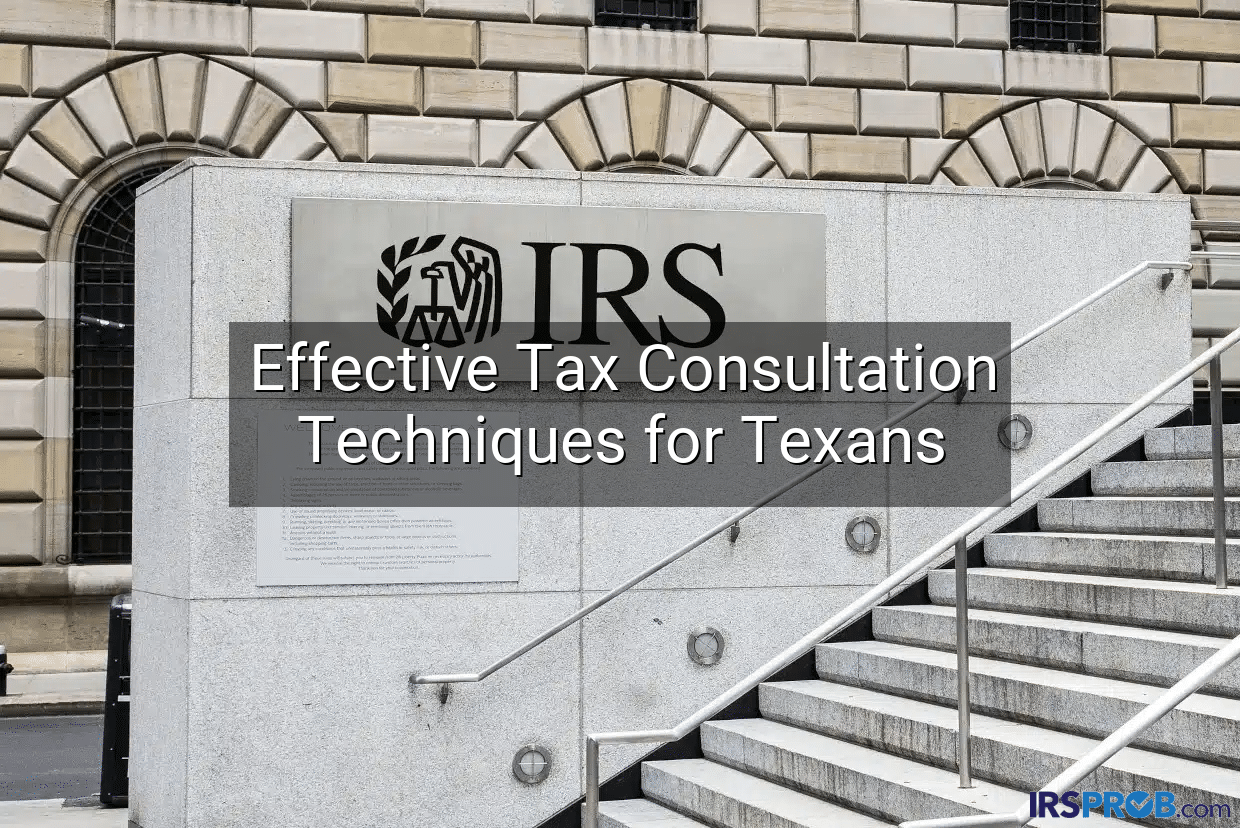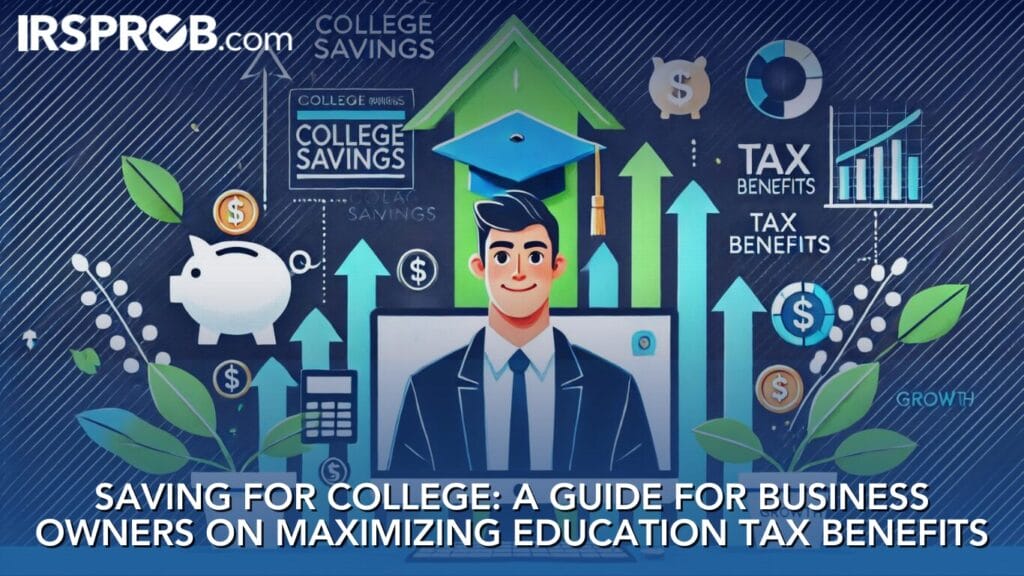
As a business owner, saving for your children’s education may not always be the top priority, but with the right strategies, it can become a smart financial move. The good news is, there are tax-advantaged ways to save for education that can help you meet these goals while reducing your tax burden. Here’s a breakdown of the most popular options and how you can benefit from them.
Custodial Accounts (UTMA/UGMA)
Custodial accounts, like UTMA (Uniform Transfers to Minors Act) and UGMA (Uniform Gift to Minors Act), are easy-to-set-up vehicles that allow minors to own assets, managed by an adult until they reach the legal age (21 in most states). Any income earned from these assets, however, is taxed to the minor. While custodial accounts aren’t specifically for education savings, the funds can be used to pay for education-related expenses like tuition, fees, and room and board.
From a tax perspective, custodial accounts shift income taxation to the minor, often at a lower tax rate than the parent. However, keep in mind that once the minor reaches legal age, they gain control of the assets, which could be a concern depending on your child’s financial maturity.
Savings Bond Interest Exclusion
If you’re holding onto Series EE or Series I savings bonds, you may be eligible for a significant tax break. The interest earned on these bonds can be excluded from taxable income if used to pay for qualified education expenses for yourself, your spouse, or your dependents.
Here’s how it works: You can exclude the interest from your taxable income if:
- The bondholder paid qualified education expenses during the year.
- Your filing status isn’t “Married Filing Separately.”
- The exclusion is subject to income limits, so make sure to consult your tax advisor to see if you qualify.
For example, if you redeemed $10,000 in bonds (including $5,500 in interest) and paid $8,000 in education expenses, a portion of the interest ($4,400) would be tax-free.
This exclusion is a great option for business owners with moderate income levels and savings bonds issued after 1989.
Qualified Tuition Plans (QTPs) – 529 Plans
529 plans are state-sponsored programs designed to help families save for future education costs. Although contributions to these plans aren’t deductible on federal tax returns, the earnings grow tax-free. And when the funds are withdrawn to cover qualified education expenses like tuition, books, and room and board, they’re not subject to federal income tax.
The appeal of 529 plans lies in their flexibility:
- No income limits: Anyone can open a 529 plan, regardless of income level.
- No age restrictions: The beneficiary can be any age, making 529 plans suitable even for late savers.
- High contribution limits: Most states allow contributions up to hundreds of thousands of dollars, ensuring you can save enough for the ever-increasing cost of education.
If your child doesn’t use the funds for college, you can change the beneficiary to another family member, making 529 plans an ideal multi-generational planning tool.
Coverdell Education Savings Accounts (ESAs)
Like 529 plans, Coverdell ESAs offer tax-free growth and tax-free withdrawals for qualified education expenses. However, Coverdell ESAs have more restrictions:
- Annual contributions are capped at $2,000 per beneficiary.
- Contributions can only be made if the beneficiary is under 18.
- The account balance must be distributed by the time the beneficiary turns 30.
Despite the limitations, Coverdell ESAs are unique in that they can be used for K-12 expenses like tuition, uniforms, and tutoring. If you’re considering private or specialized schooling for your child, ESAs provide more flexibility in this area than 529 plans.
Maximizing Education Savings for Business Owners
Business owners can take advantage of these tax-advantaged education savings options in several ways:
- Strategic use of custodial accounts: For those with high-income children, shifting some income to the child’s custodial account can result in a lower tax liability.
- Savings bond exclusion: If you have savings bonds, redeem them for educational purposes to reduce your taxable income.
- 529 Plans and ESAs: Leverage both accounts if you’re saving for higher education and K-12 expenses to maximize the tax benefits for each type of expense.
Final Thoughts
It’s essential to plan ahead when it comes to education savings. Whether you’re saving for college or K-12 expenses, understanding the tax advantages of each option can significantly impact your financial strategy. Be sure to consult with a tax professional to tailor your approach to your specific needs.
If you’re interested in more information about how these education savings options can benefit your family and business, feel free to contact us at IRSProb.com.
Additional Tips for Business Owners
While these education savings strategies are beneficial, there are other tax-saving strategies specifically for business owners, such as taking advantage of small business health care tax credits or setting up educational assistance plans for employees. Exploring these avenues may further reduce your tax liability while offering educational benefits.
By understanding these financial tools and leveraging them, you can set your family up for success without compromising your business’s financial health.

